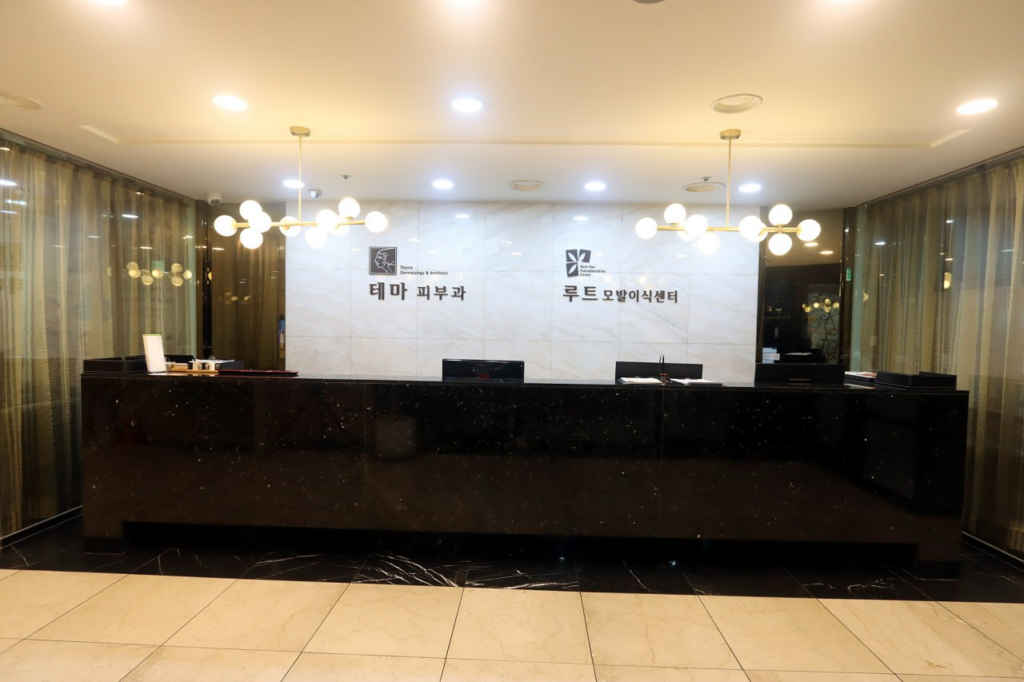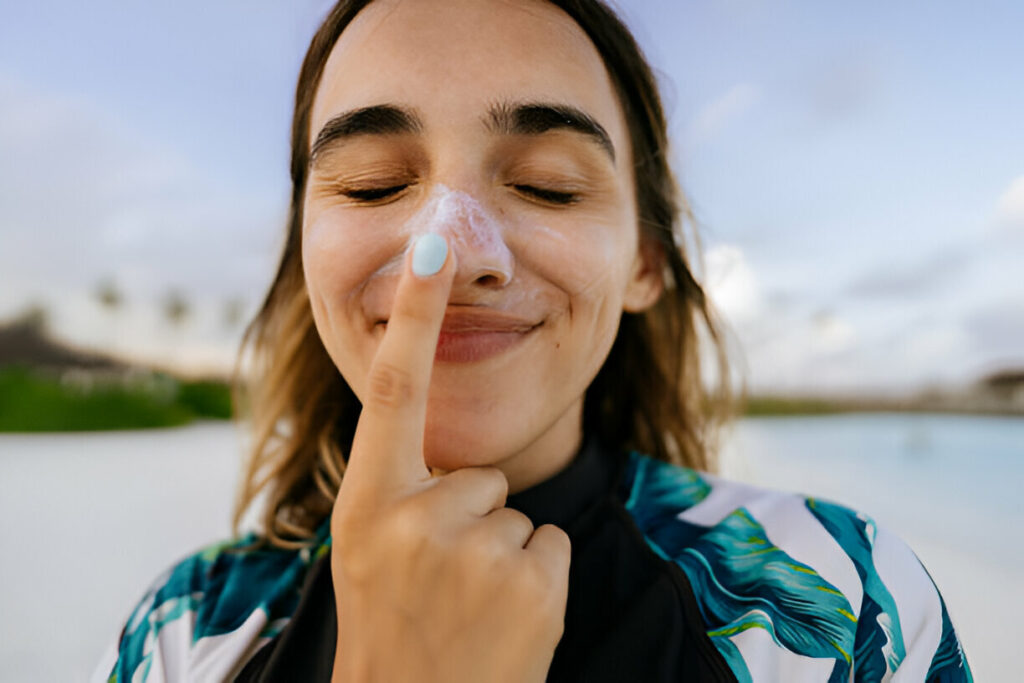In order to protect your skin from sun damage and skin cancer, sunscreen is a crucial component of a comprehensive sun protection strategy. But using sunscreen alone won’t protect you from the sun. Although it feels pleasant and keeps life alive, the sun may be quite harmful to your skin.
Not just those memorable days at the beach or ballpark might result in problems; sunburns on any occasion can raise your risk of developing skin cancer. Without sunscreen, you increase the risk of developing skin cancer (as well as leathery skin, dark spots, and wrinkles) every time you dash outside to fetch the mail, walk the dog, or commute to work.
What is sunscreen
Broad-spectrum protection is crucial to help shield your skin from UVA and UVB radiation, and sunscreen lotions are intended to help prevent sunburn. UV radiation causes your skin’s collagen and elastin to break down, which results in wrinkles and disturbs the regular growth and function of your cells. Any sunscreen’s main objective is to protect your skin from the sun’s rays. Since your skin type and ethnicity are both affected by UVA and UVB radiation, a broad-spectrum solution that does both is necessary.
What is skin cancer
The development of aberrant cells in the tissues of your skin is the cause of skin cancer. Normally, new skin cells develop to replace aging and dying skin cells. Cells proliferate more quickly when this process isn’t functioning properly, such as after being exposed to ultraviolet (UV) light from the sun. These cells could be benign, meaning they don’t spread or do damage. Or perhaps they are malignant.
If skin cancer is not detected in its early stages, it may spread to surrounding tissue or other parts of your body. Thankfully, most cases of skin cancer are curable if detected and treated quickly. Thus, it’s crucial to consult your healthcare professional if you suspect any skin cancer symptoms.
Who should use sunscreen?
The quick response is, “Everyone!” Everyone should use sunscreen every day, including men, women, and kids older than six months. Both individuals who tan readily and those who don’t should be aware of this as, regardless of whether you burn or not, sun exposure damages your skin over the course of a lifetime.
The only exceptions are babies younger than six months old, as their skin is extremely sensitive. Avoid the sun; the strongest defenses against sun damage for babies are shade structures and sunblock clothes.
What causes skin cancer
Overexposure to sunlight, especially when blistering and sunburned, is the primary cause of skin cancer. UV radiation from the sun oxidize DNA in your skin, leading to the formation of aberrant cells. These aberrant cells divide erratically and quickly, resulting in a mass of cancerous cells.
Best practices to prevent skin cancer
- Avoid the sun between 10 a.m. even in the winter and on gloomy days, between 4 p.m. and 8 p.m., which are the highest hours of solar strength in North America.
- Use sunscreen all year long, with a minimum SPF of 30. Every two hours, or more frequently if you’re swimming or perspiring, reapply sunscreen.
- Wear sunblock that filters 98% of the sun’s rays, such as clothes with an ultraviolet protection factor (UPF) of 50 or higher. Wearing broad-brimmed hats and covering your arms and legs with sun-protective clothes will help shield your skin from damaging UV rays. Not all UV radiation, which causes skin cancer, is blocked by sunscreen.
- Stay away from tanning beds. UV lamps, which are used in tanning beds, can cause skin damage and even cancer.
- Examine your skin in self-defense. Speak with your medical staff if you observe any changes.
How does skin cancer become a life-threatening cancer?
You might be wondering how skin cancer that isn’t life-threatening develops into one. It seems logical to believe that all that would be required would be to do a small skin surgery to remove the cancerous skin lesion or to just scrape off the skin containing the cancer cells. These methods work well when cancer is detected early.
However, something that is “just on my skin” has the potential to grow and spread outside of the immediate area if skin cancer is not detected early. Cancer cells have the ability to separate and move via your lymphatic or circulatory systems. They may become established in different parts of your body, proliferate, and eventually transform into new tumors. We call this spreading and traveling “metastasis.”
The primary cancer cell, which is the type of cancer that originated first, is what defines the type of cancer. For instance, malignant melanoma would still be referred to be such even if it spread to your lungs. This is how a skin cancer that is superficial can become a malignancy that is fatal.
Why Choose Gangnam Theme Dermatology
Anyone can develop skin cancer. Even something that appears to be a harmless cosmetic flaw could not be. Regular self-checks of the skin are crucial for everyone. However, if you are at a higher risk of developing skin cancer, this is extremely crucial. Every month, examine your skin to look for any changes in skin growths or changes in spots. Take precautions to keep the sun off your skin. Additionally, remember to arrange for routine skin examinations with your dermatologist.
The good news is that you don’t need to handle things by yourself. Theme Dermatology Clinic can be your partner in this journey. Our skilled team of medical professionals at Theme Dermatology Clinic has years of experience treating acne, and they are eager to assist you in getting the skin you’ve always desired. With three board-certified dermatologists with extensive expertise, Gangnam Theme Dermatology is one of the oldest dermatology practices in Gangnam, Seoul, South Korea. It can be found right between Sinnonhyeon and Gangnam Stations, in the center of the famous Gangnam neighborhood.
With an extensive experience of over 20 years in dermatology, our team of specialists is highly regarded for their expertise and unwavering commitment to excellence. Over more than 20 years, the clinic cared for patients with various skin issues and types. They can assist you with acne, pigmentation, anti-aging (lifting), scars, and other skin issues. Also, among Korean clients, they are one of the most well-known skin clinics. The variety of services they offer and their knowledge of skin issues will satisfy you.
Gangnam Theme Dermatology Booking Information
The clinic can be found at 423 Gangnam-daero, Seocho-gu, Hanseung Building, 7th Floor, Seoul, South Korea. To reach out directly, dial +821094839974 on WhatsApp and Kakao. Sending a message to Gangnam Theme Dermatology will allow you to talk about your concerns, make an appointment, or receive an online consultation. Send an email to [email protected]. You can also look through everything and ask questions on the Gangnam Theme Dermatology website by clicking this link: https://themedermatology.com/about-us/


FAQs
New skin lumps or patches, as well as modifications to the size, form, or color of existing skin growths, are examples of symptoms. If detected early, the majority of skin cancers are curable. Mohs surgery, cryotherapy, chemotherapy, and radiation are among the available treatments.
Sun exposure is the primary cause of most skin malignancies. This could involve brief bursts of acute sunburn or prolonged exposure. Sunlight's UV rays harm the DNA in skin cells. This damage may occur years in advance of the onset of cancer.
Approximately 37% of skin malignancies were itchy, 28% were painful, and the majority of melanoma patients had no symptoms at all. Itching is also a frequent precancerous skin change known as actinic keratosis, or AK, which can progress to SCC. An AK may feel like a hard, crusty, or scaly patch before you can see it.

